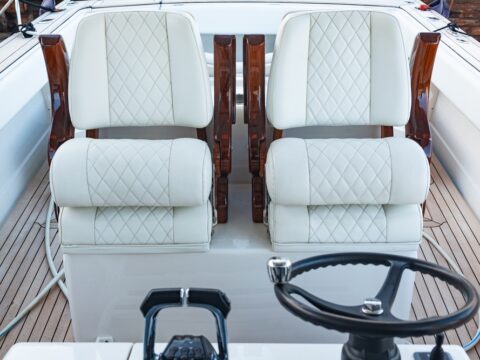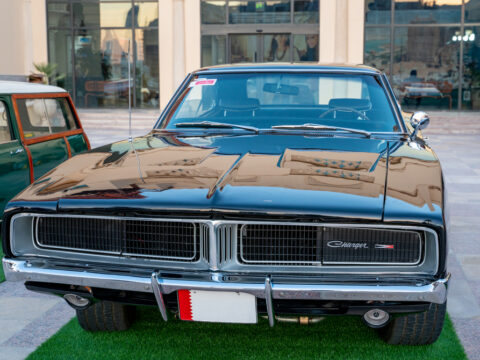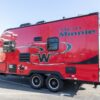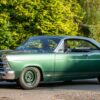Vintage airplanes once ruled the skies, representing the pinnacle of aviation technology and design. However, as newer, more efficient aircraft emerged, many of these classic planes gradually fell out of favor. This article explores 15 vintage airplanes that have been overshadowed by modern advancements but still hold a special place in aviation history. Let’s take a look at these iconic aircraft and understand why they are no longer the giants of the sky.
Contents
Lockheed Constellation
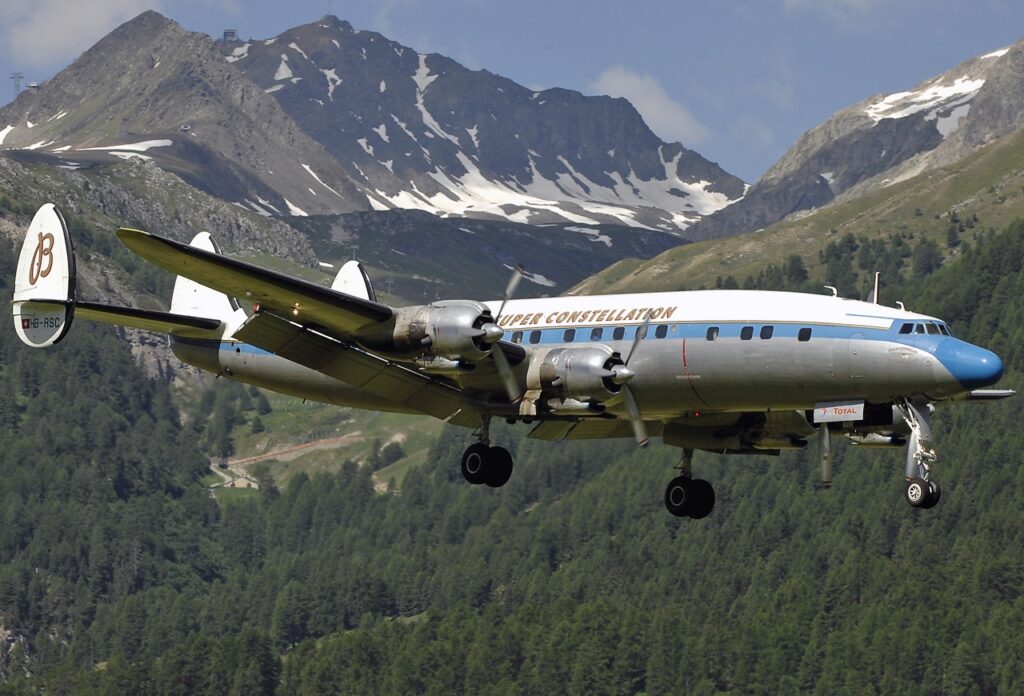
The Lockheed Constellation, once hailed for its sleek design and speed, fell out of favor with the advent of jet engines. Despite its innovative engineering, including pressurized cabins and long-range capabilities, it was quickly overshadowed by the Boeing 707 and Douglas DC-8. Additionally, high maintenance costs and the complexity of its four-engine setup contributed to its decline.
Douglas DC-3
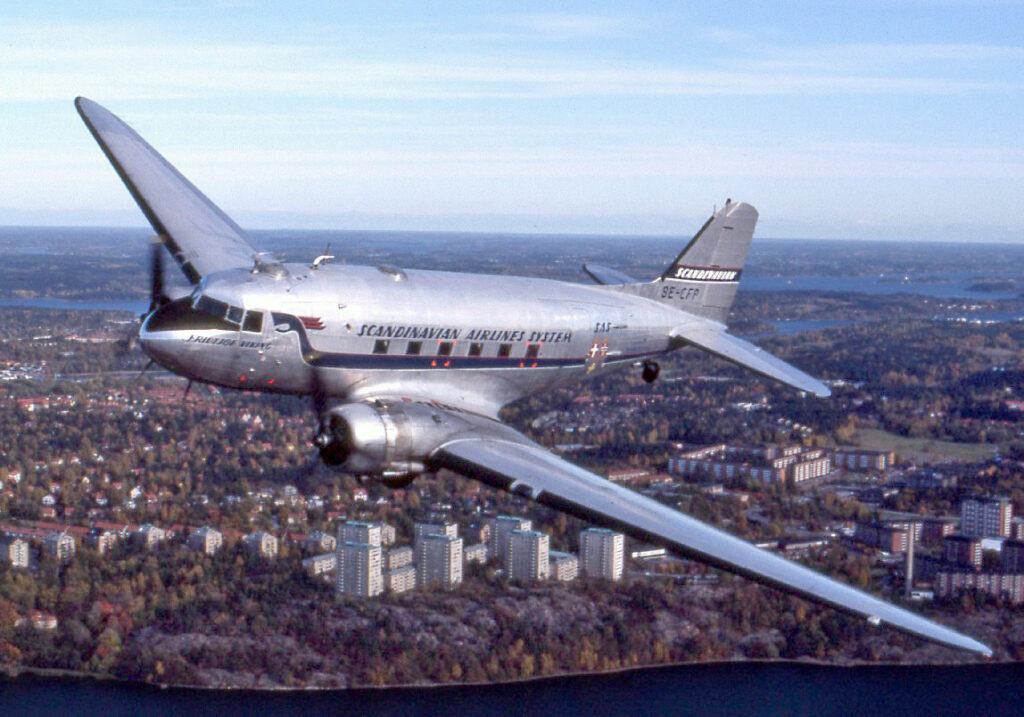
Revolutionizing air travel in the 1930s and 1940s, the Douglas DC-3 has since become obsolete due to advancements in technology. This twin-engine propeller aircraft was known for its reliability, range, and ability to land on short runways. However, its slow cruising speed of about 180 mph and limited passenger capacity made it less competitive against newer models.
Vickers VC10
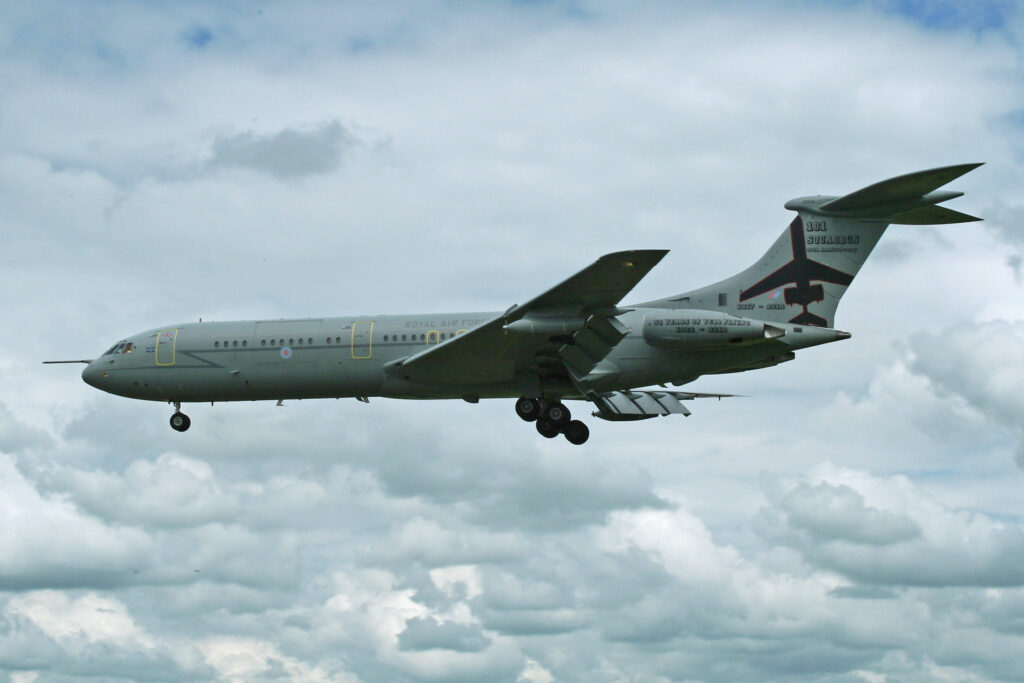
Celebrated for its excellent performance on hot and high-altitude routes, particularly in Africa, the Vickers VC10 eventually fell out of favor. Its four-engine configuration at the rear of the fuselage led to higher operating costs compared to twin-engine jets. Additionally, limited production numbers and parts availability made maintenance increasingly difficult.
Boeing 727
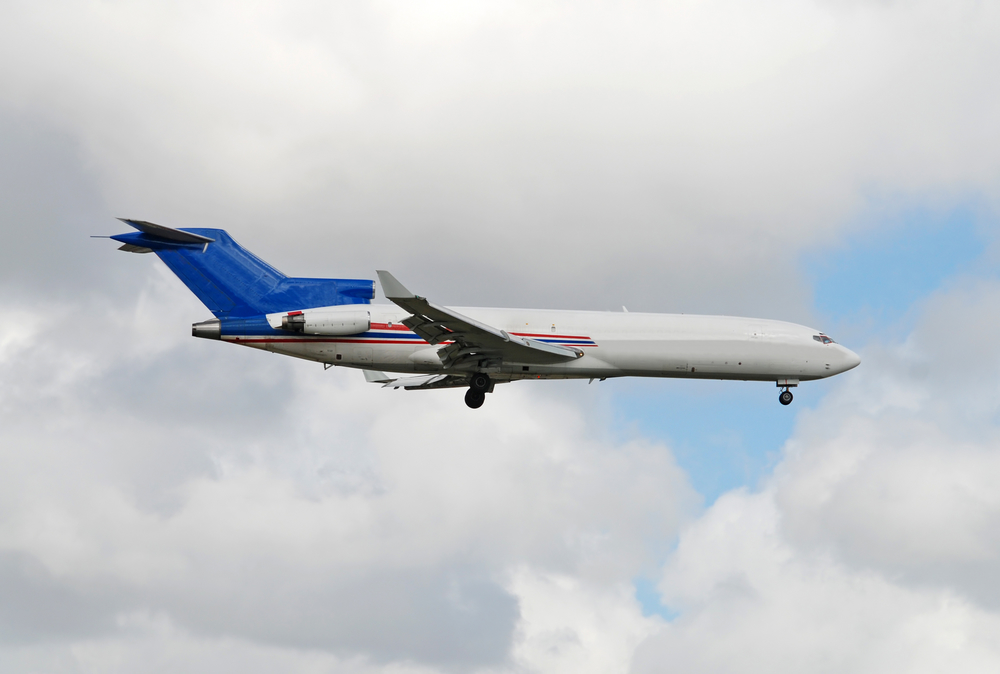
The Boeing 727, once a staple of short to medium-haul flights, has largely disappeared from modern fleets. Its trijet configuration and rear-mounted engines made it versatile for various airport types but also less fuel-efficient compared to twin-engine jets. Environmental regulations and noise restrictions have also contributed to its decline.
Concorde
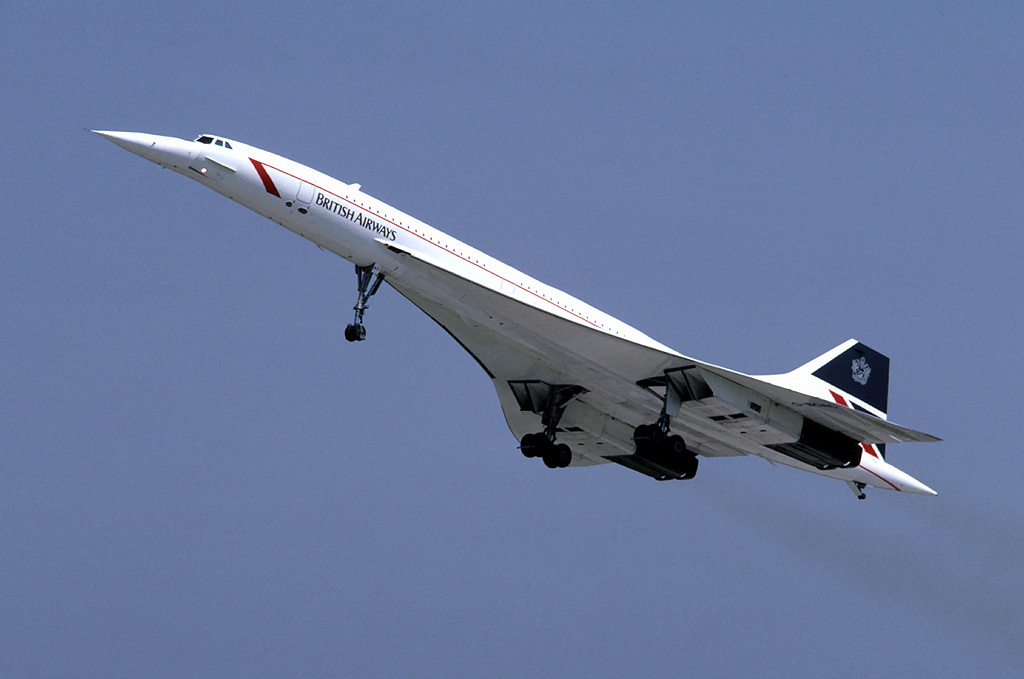
An engineering marvel with its supersonic speeds and sleek design, the Concorde captured the world’s imagination. Despite its technological advancements, it fell out of favor due to high operating costs, limited passenger capacity, and environmental concerns. The sonic boom created by its flights restricted its routes, and the cost of tickets made it accessible only to the wealthy.
De Havilland Comet
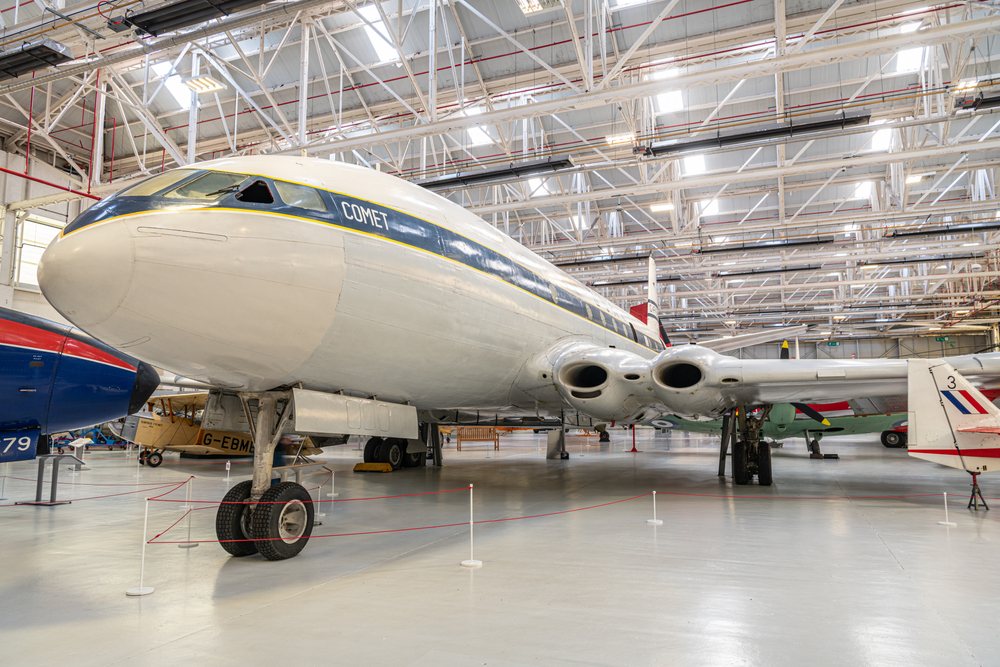
The De Havilland Comet was the world’s first commercial jet airliner, offering unprecedented speed and passenger comfort. However, a series of catastrophic failures due to metal fatigue caused its early models to crash, severely damaging its reputation. Although later versions rectified these issues, the damage was done, and airlines preferred more reliable alternatives like the Boeing 707.
Lockheed L-1011 TriStar
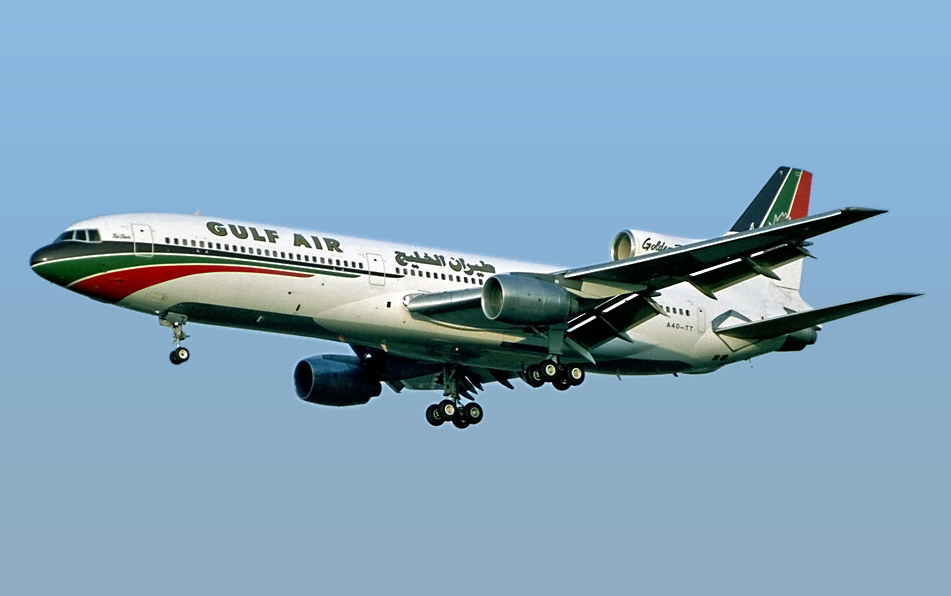
The Lockheed L-1011 TriStar was a technologically advanced wide-body aircraft with a reputation for comfort and safety. Despite its strengths, it struggled to compete against the McDonnell Douglas DC-10 and the Boeing 747 due to production delays and financial troubles at Lockheed. Its three-engine design also became a liability as twin-engine jets like the Boeing 767 proved more economical.
Douglas DC-8

A pioneer in long-haul jet travel, the Douglas DC-8 has faded from the skies due to advancements in aircraft technology. Its four-engine design, while reliable, couldn’t match the fuel efficiency of newer twin-engine jets like the Boeing 777. Additionally, the DC-8’s older airframe required more maintenance, increasing operational costs. The rise of quieter, more environmentally friendly aircraft also played a role in its decline.
Fokker F28 Fellowship
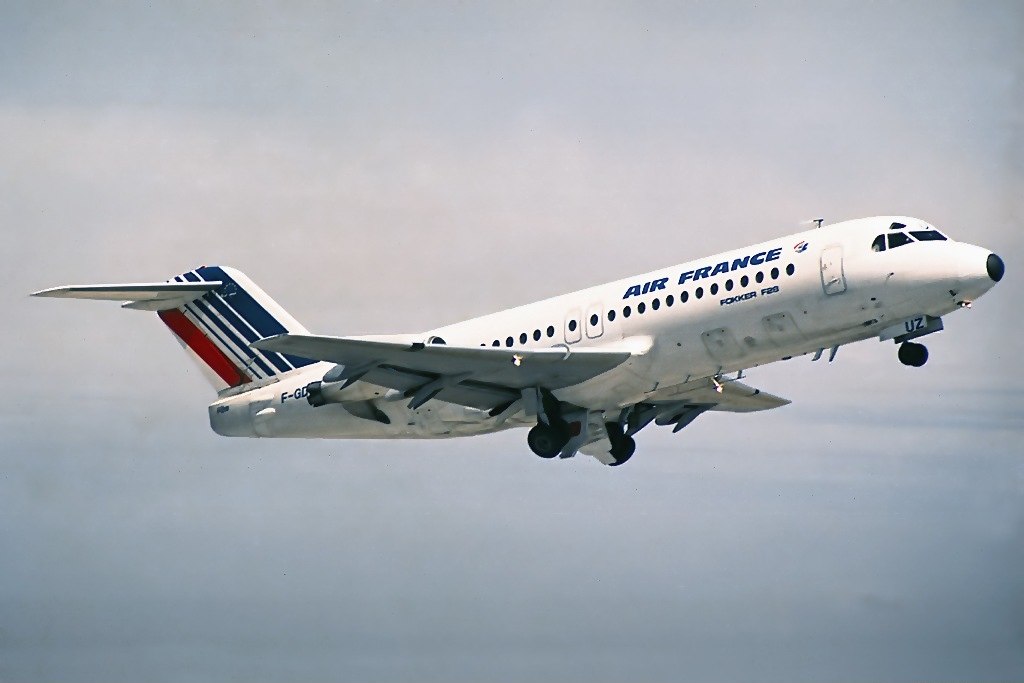
Popular in the 1970s and 1980s, the Fokker F28 Fellowship was known for its short takeoff and landing capabilities. However, its limited range and passenger capacity couldn’t compete with newer regional jets. The F28’s fuel efficiency and noise levels also fell short of modern standards. Additionally, Fokker’s financial troubles and eventual bankruptcy in the 1990s hindered the availability of parts and support.
Convair 880
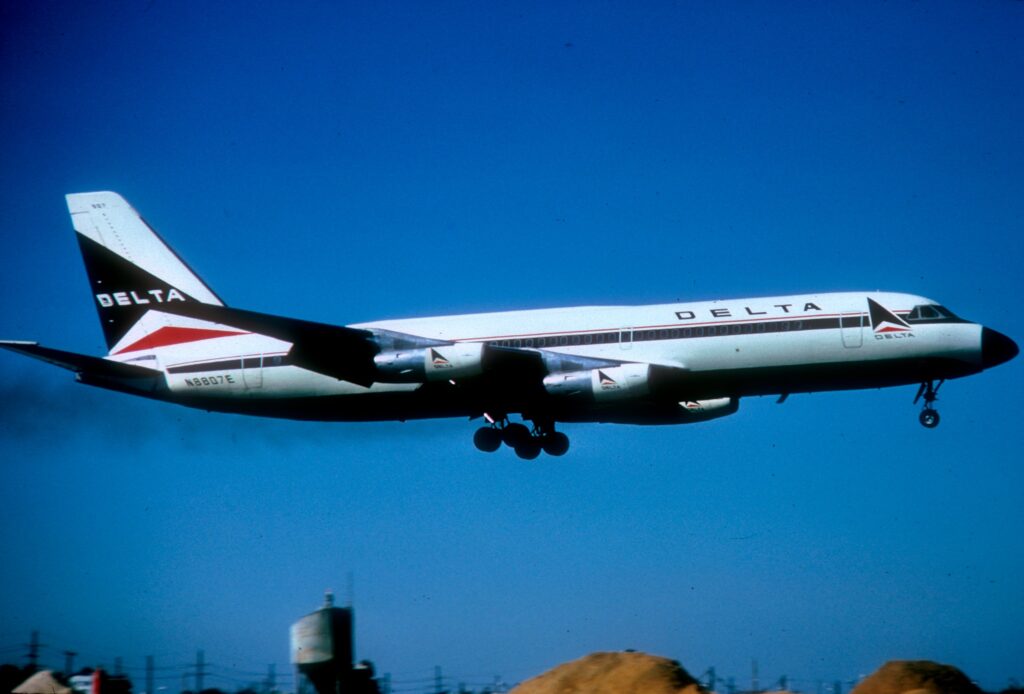
Designed to be a fast, narrow-body jetliner, the Convair 880 aimed to compete with the Boeing 707 and Douglas DC-8. Despite its impressive speed, it fell out of favor due to higher fuel consumption and lower passenger capacity. The 880’s operational costs were significantly higher, making it less attractive to airlines looking for cost efficiency.
Tupolev Tu-144
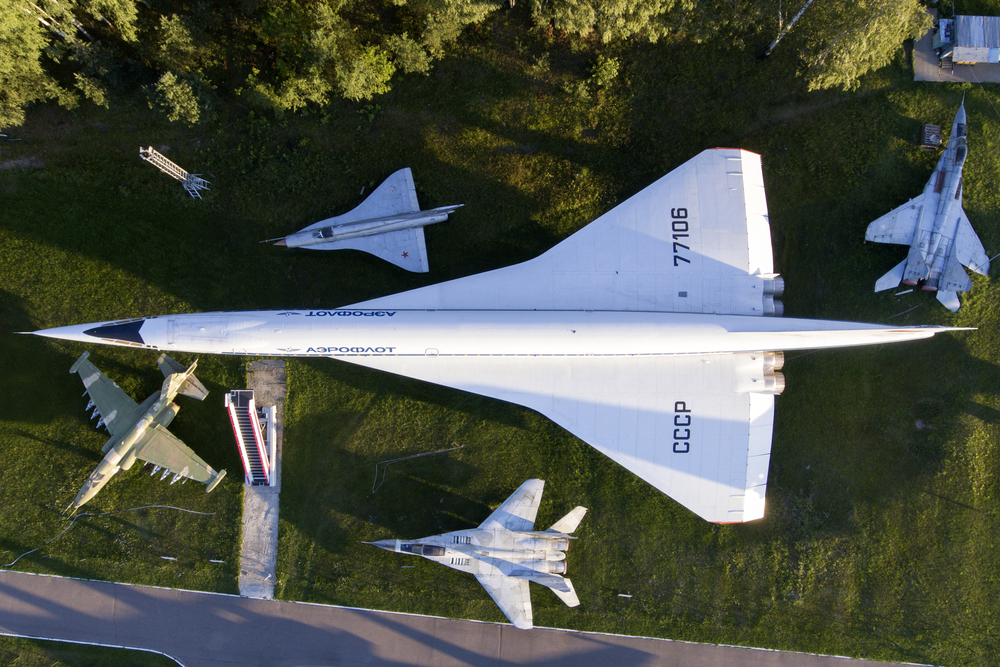
Often called the “Concordski” due to its similarities with the Concorde, the Tupolev Tu-144 was the Soviet Union’s answer to supersonic travel. Despite its groundbreaking speed, it suffered from numerous technical issues and a lack of passenger comfort. The Tu-144’s high operating costs and limited range made it economically unviable for airlines.
Boeing 707
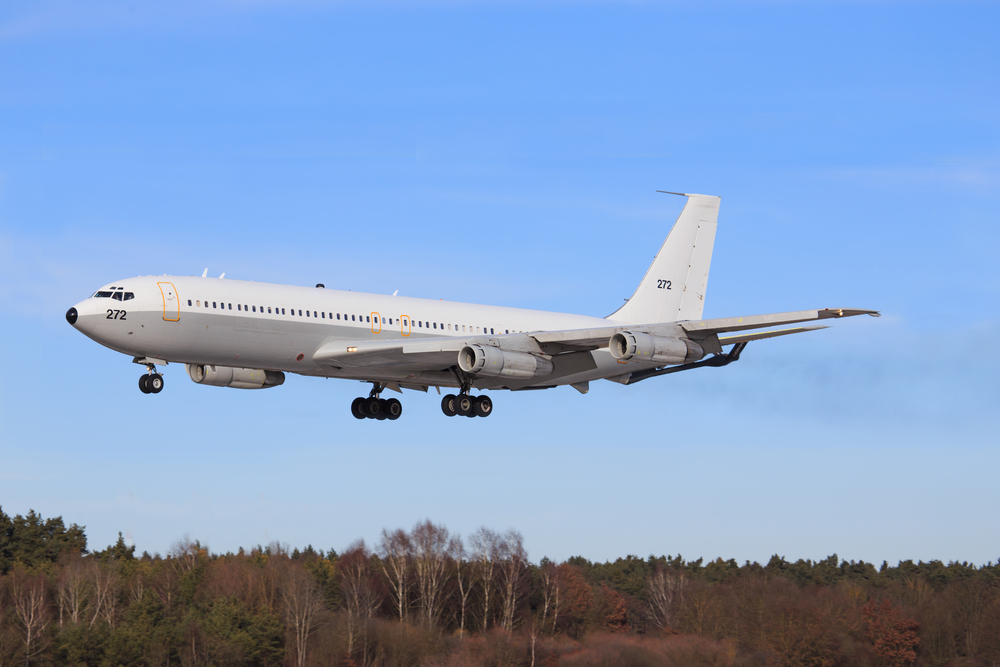
Revolutionizing air travel with its jet engine efficiency and long-range capabilities, the Boeing 707 has now become obsolete. Early versions were plagued by noise pollution and higher fuel consumption compared to modern jets. The 707’s four-engine design became a disadvantage as twin-engine aircraft like the Boeing 767 and Airbus A320 emerged, offering better fuel economy and lower operating costs.
British Aerospace BAC One-Eleven
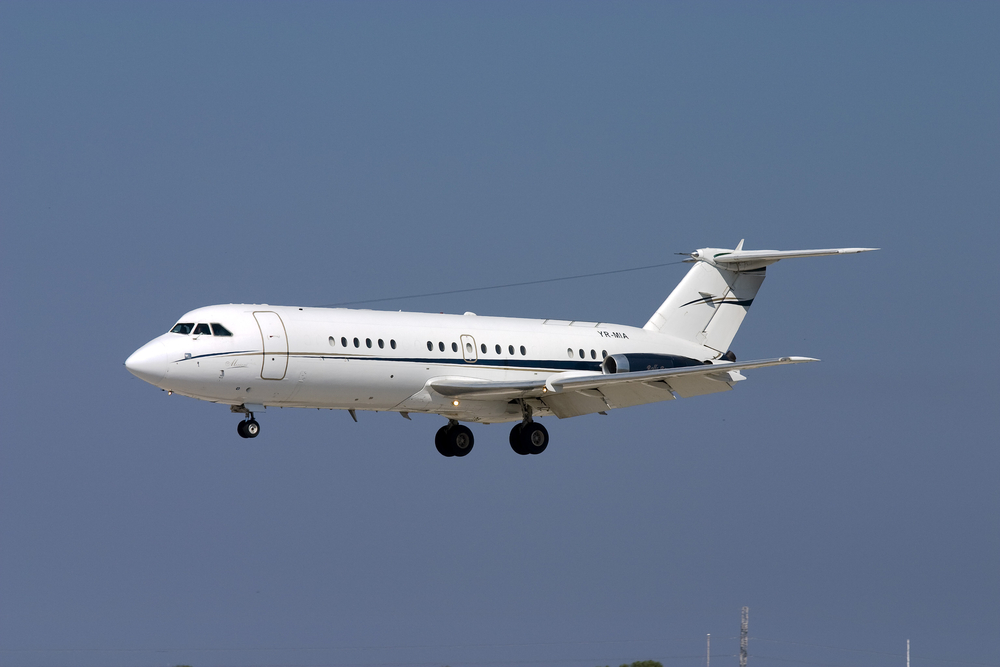
Gaining popularity in the 1960s and 1970s, the British Aerospace BAC One-Eleven was a short-haul jet with limited range and passenger capacity. It couldn’t compete with the more versatile Boeing 737 and McDonnell Douglas DC-9. The One-Eleven’s higher fuel consumption and noise levels also made it less attractive as fuel prices rose and environmental regulations tightened.
Sud Aviation Caravelle

Known for its distinctive rear-mounted engines and sleek design, the Sud Aviation Caravelle was one of the first jet airliners to enter service. Despite its early success, it was quickly outpaced by more advanced aircraft with greater capacity and efficiency. The Caravelle’s shorter range and higher fuel consumption made it less competitive on longer routes. Additionally, the emergence of quieter and more reliable jets hastened its retirement.
Antonov An-24
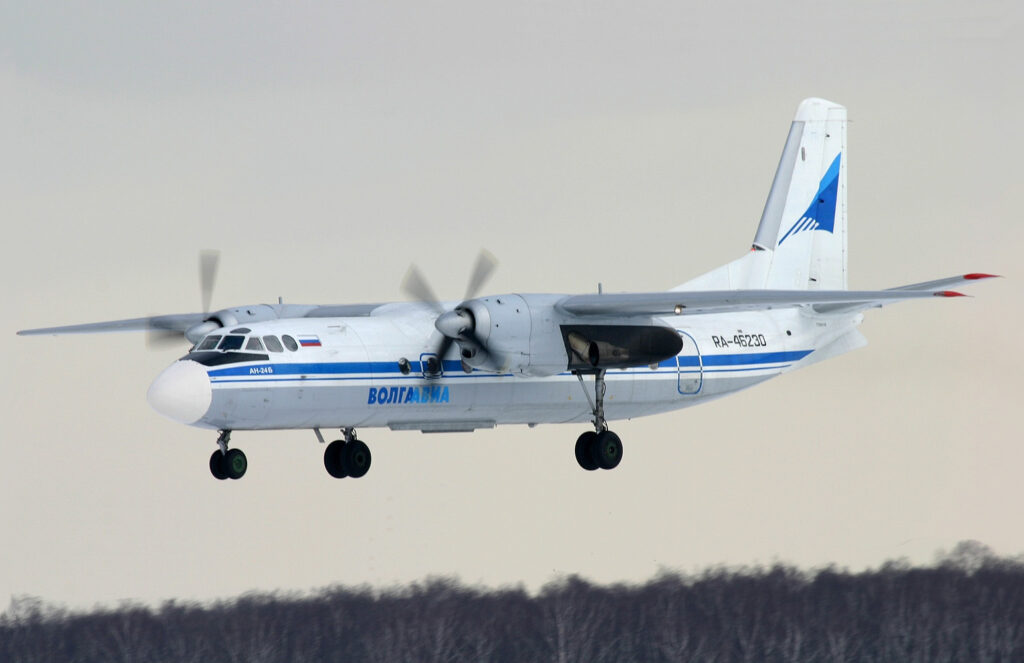
A rugged turboprop aircraft popular in the Soviet Union and Eastern Bloc countries, the Antonov An-24 was valued for its versatility and ability to operate from unpaved runways. However, its noisy engines and basic passenger amenities made it less appealing as global standards for comfort and efficiency rose. The An-24’s relatively low speed and limited range further restricted its competitiveness against newer jets.
This article originally appeared on MyCarMakesNoise.
More from MyCarMakesNoise
15 Unexpected Issues When You Don’t Drive Your Car Regularly

We all know that regular maintenance is key to keeping a car in good condition, but did you know that not driving your car can be just as harmful? Many vehicle owners are surprised to discover that neglecting to take their car for a spin can lead to a host of unexpected problems. Read More.
Top 20 Longest-Range Electric Cars Available Now
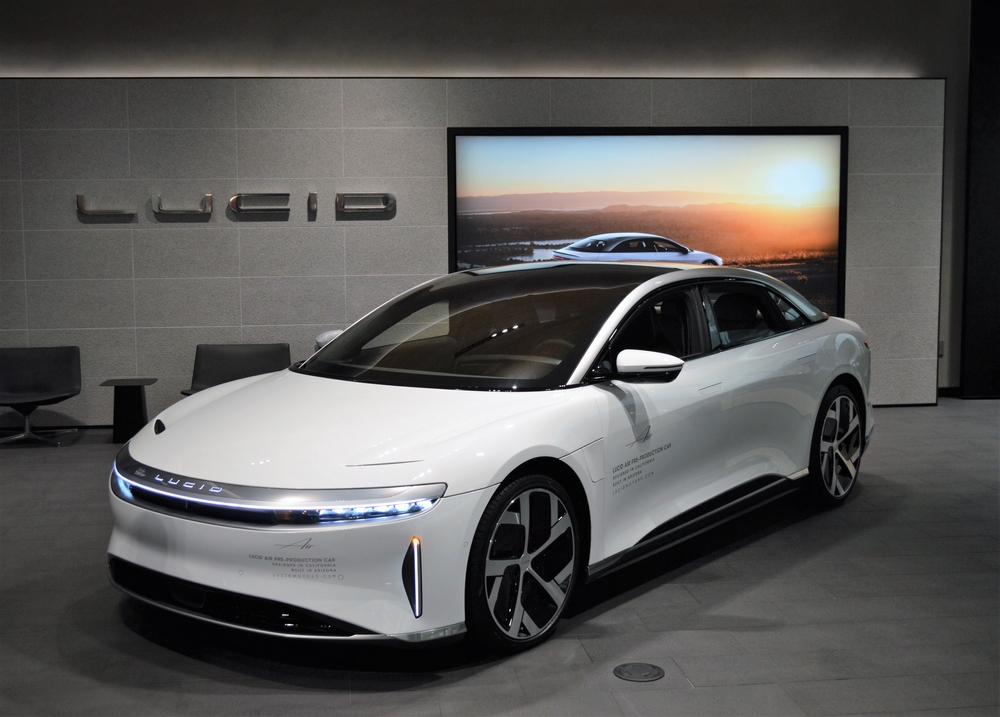
In the rapidly evolving world of electric vehicles (EVs), range remains one of the most crucial factors for potential buyers. As technology advances, today’s EVs offer impressive mileage on a single charge, making them practical for daily commutes and long-distance travel alike. Read More.
Ferrari’s 16 Most Legendary Models and Their Influence on Sports Cars
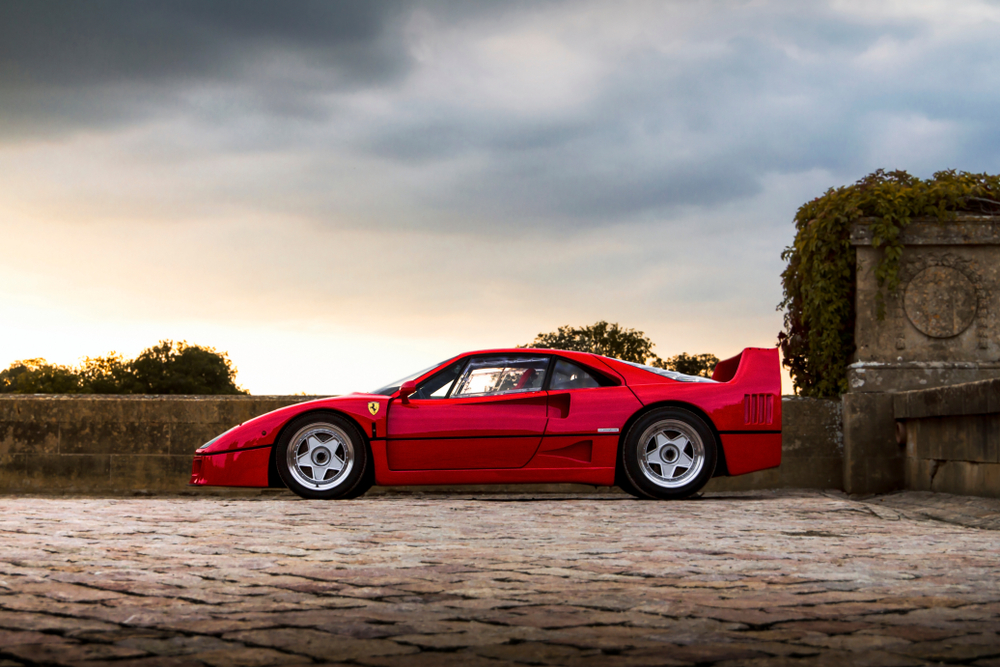
Ferrari has crafted some of the most legendary sports cars in automotive history. Each model not only showcases Ferrari’s dedication to performance and design but also influences the entire sports car industry. Read More.



